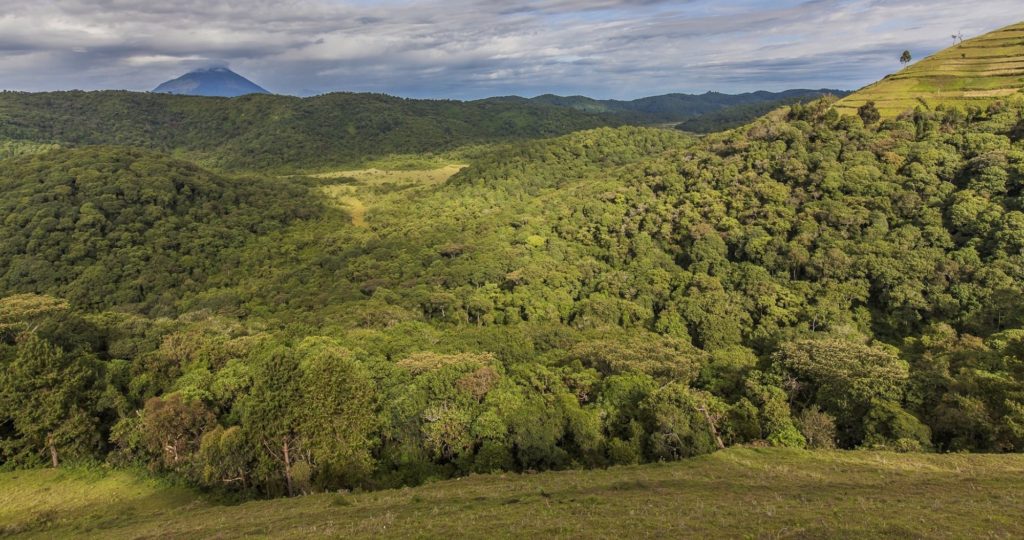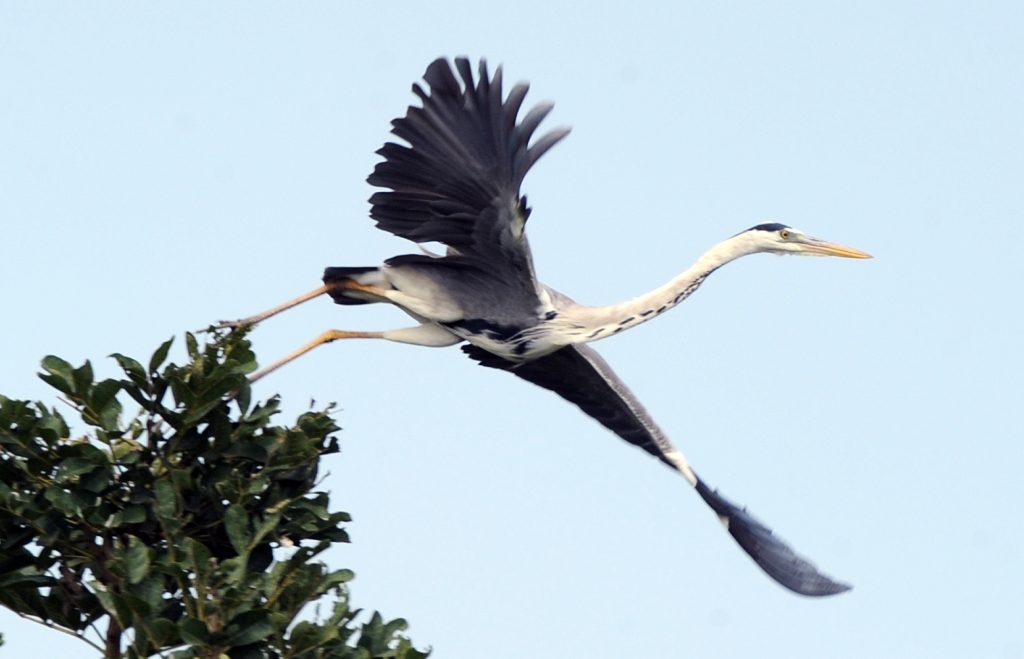
Echuya Forest is situated in densely populated regions of Kabale in western Uganda. It is situated on the high altitude range streaming between Lake Bunyonyi, 5kms to the East, and Mgahinga Gorilla National Park, 13 km to the south west. It is 11 km east of Kisoro and 15 km west of Kabale town. The main Kabale – Kisoro road passes between the northern ends which Albertine Rift region recognized as an important eco-region in western Uganda. BOOK NOW
Echuya Forest is one of tropical rain forests that still survive in Uganda along the prominent Kigezi highlands. This makes it the forest with high altitude in the south western Uganda connecting the border with Rwanda. The forest extents over 340km of the hilly areas between Lake Bunyonyi and Kisoro, that’s why it is the least visited reserve in Uganda.
The forest reserve protects a wide range of montane habitats including ever green and bamboo forest and a high-altitude swamp called Muchuya.
It covers approximately 80 per cent mature macaranga kilimandscharica and hagenia abyssinica and 20 per cent mountain bamboo yushania alpina.
Muchuya swamp is home to an important population of 30-50 pairs of the endangered Grauer’s swamp-warblers, so the entire reserve is considered a priority amongst Birdlife International’s 30 Ugandan Important Bird Areas (IBAs). Echuya Forest is also one of the best bird watching destinations in Uganda with over 153 species recorded, some of which are globally threatened and endemic.

Echuya forest is particularly known for its high quality bamboo, Yushania alpine which also a areas of broad-leaved forest, particularly along the Eastern side and higher altitude northern end of the Kabale – Kisoro road. The forest cover is approximately 80% mature Macaranga kilimandscharia and Hagenia abyssinica forest and 20% mountain bamboo Yushania alpine which all lies in the Albertine Rift section of the Eastern Afro montane Hotspot, the most endemic-rich region in Africa.
Therefore visiting to the Echuya forest offers you an opportunity to have an entirely new culture experience habitat for the Batwa Pygmies, the forest people and one of the last groups of short surviving people on earth. Although they were evicted, they live close to the forest margins and thus can be encountered by tourists.
Echuya Forest and the Batwa Community
Batwa which is commonly known as pygmies, are an endangered group of people around Echuya Forest Reserve in Kisoro and Kabale Districts of South-Western Uganda. The Batwa are believed to have migrated from the Ituri Forest of the Democratic Republic of Congo in search of wild animals to hunt, they live in small huts mainly made from sticks and grass.
Before the declaration of the Echuya as a central government forest reserve, the forest was heavily encroached upon. Up to now, some activities such as wild hunting, collection of honey, mushrooms, water, bamboo for basket making, building poles, making of bee hives and fire wood are being carried out by both Batwa and non-Batwa dominant ethnic communities.
Batwa, illegally hunt in the forest due to lack of alternative sources of proteins. The forest is also of cultural importance to the Batwa, who offer religious sacrifices to their gods. Echuya Batwa were never involved nor considered for consultation and compensation when the decision-making process to exclude them from the forest was being taken. As a result, most Batwa became landless with extreme poverty and have been reduced to a life of destitution, living on non-Batwa’s land as squatters. Batwa have been forced to resort to begging, providing cheap manual labor, prostitution and stealing for survival. They can be referred to as marginalized minority people, internally displaced persons or environmental refugees.
